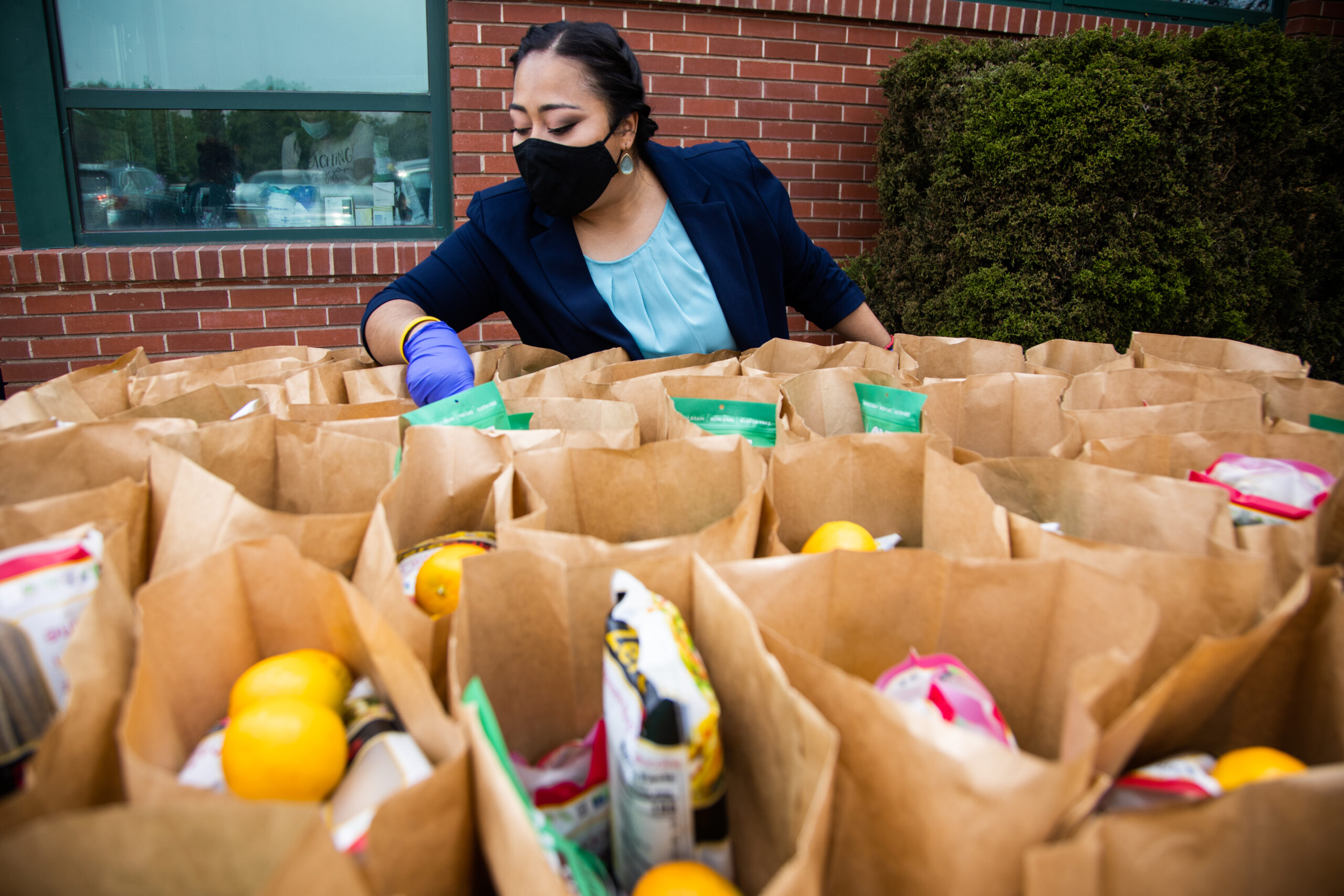An Interoperable Social Care Sector
The Road to an Interoperable Social Care Sector
The organizations that make up the social care sector in the United States – particularly community benefit organizations (CBOs) and government agencies – play a critical role in addressing social determinants of health (SDoH) by providing free and reduced cost services to individuals in need. These organizations use Systems of Record (SoR) to manage their day-to-day operations, using both analog and digital processes to perform tasks such as screening applicants for services, scheduling appointments, tracking history of interactions with clients/patients, and calculating benefits delivery. The complexity of these systems varies greatly between organizations, though most organizations need to use some SoR for reporting purposes.
Despite our knowledge of how important addressing SDoH is to public health – and the ubiquity of SoRs – interoperability between different organizations is not the norm. This has a negative impact on our ability to coordinate and address SDoH for individuals in need, undermining progress towards public health goals and short-changing those who are most in-need of relevant services. We believe there’s a better way forward, and have developed a set of guiding principles for a more connected social care sector – improving the experience for service providers and creating better public health outcomes in the years ahead.
The Core Principles
To enable a more interoperable social care sector, Aunt Bertha has laid out the following core principles:
- Service Providers should be able to work within their chosen systems of record;
- Service Providers should be able to choose which systems they want to integrate with; and
- Service Providers should have control over who has access to see their data.
These are not necessarily Earth-shattering or brand new ideals, but we don’t believe we need to reinvent the wheel to make interoperability the norm in the social care sector. Yet to-date, forced monopolies have been the dominant strategy for promoting greater interoperability.
If 100% of the referral activity is within one system, there would be benefits. However, the innovation and financial cost tradeoffs — even if we assume universal adoption — can offset many of the benefits that come with this approach. Abiding by the core principles outlined above, we believe service providers can enjoy a better experience — particularly in the areas of referral history, outcomes tracking, and assessment histories — without abandoning their preferred SoR.
The Path Forward
Much like how cell phone service providers have chosen to share the same towers between different carriers, we see the interoperable social care sector working in the same way. In this way, social care providers will be able to securely share and act upon information critical to improving public health in the long run.
We hosted a webinar on Thursday, October 29th — which you can watch here — to discuss how the social care sector can work toward common standards of reporting outcomes and the ways software providers can incorporate these standards into their applications. We’d like to extend a warm thank you to everyone who attended, and we’re excited to continue these conversations going forward. If you want to learn more about our technical plans as we push for greater interoperability of social care data, you can read our whitepaper next.